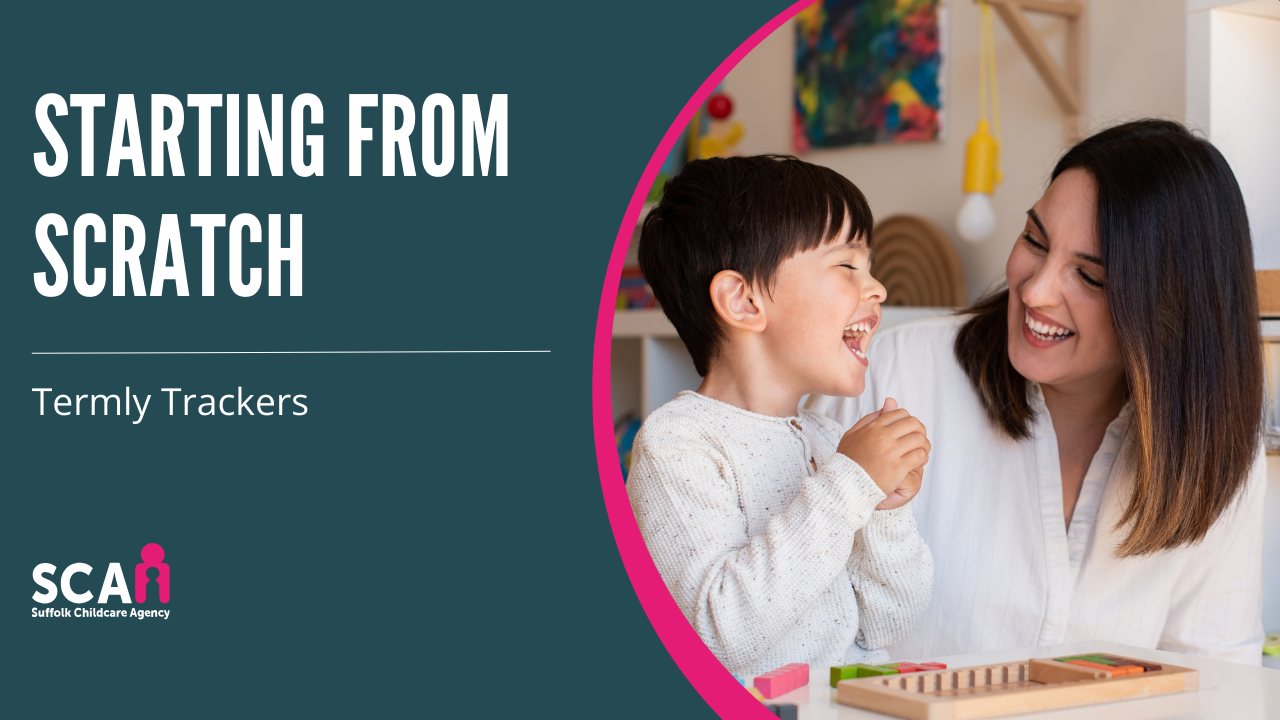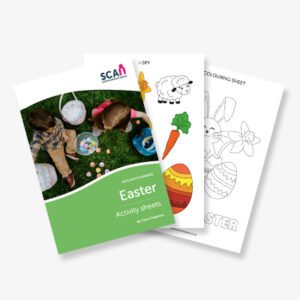Starting from Scratch
£5.00
Starting from scratch with termly trackers in childminding involves creating a system to track children’s development. These trackers help monitor progress in key areas like communication, physical development, and social skills. Set clear, measurable goals for each child based on their individual needs. Use the trackers to identify strengths and areas requiring further support. Regularly update the trackers and share progress with parents. Termly trackers ensure a comprehensive overview of each child’s growth and learning. They align with the Early Years Foundation Stage (EYFS) and support effective planning for future activities and interventions.
Termly Trackers in Childminding
Starting from scratch with termly trackers may seem daunting, especially for new childminders. However, with the right approach, tracking becomes manageable and highly effective.
Termly trackers help monitor children’s learning and development across each EYFS area. They provide a clear record of progress. These records support planning and help identify children’s needs.
Why Use Termly Trackers?
Termly trackers ensure no child’s progress goes unnoticed. They highlight strengths and reveal learning gaps. With accurate records, planning becomes more meaningful and focused.
Trackers give parents clear updates every term. This encourages involvement and builds stronger relationships. Parents feel reassured knowing their child’s development is tracked carefully.
Starting from Scratch with Your First Tracker
Choose a simple format that covers all areas of learning. Prime areas include communication, physical development, and personal, social, and emotional development. Specific areas include maths, literacy, and expressive arts.
Use clear observations and note each child’s current stage. Add photos, drawings, or comments to support your records. Write in plain language that families can understand easily.
Use colour-coding or checklists to track age-related expectations. This helps you see if a child is on track or needs support.
How to Use Trackers Effectively
Update your trackers regularly to reflect each child’s development. Use real examples from everyday activities. Plan next steps using what the tracker shows.
Discuss tracker outcomes with parents at least once each term. Explain progress clearly and talk about next steps together. Invite parents to share what they see at home.
What to Look Out For
Look for any areas where progress has slowed down. A child repeating the same skills may need extra support. Also, check for missing observations or gaps in the tracker.
Ensure your tracker matches EYFS guidance. Watch for vague notes or unclear assessments. Be honest if you need help using the tool effectively.
Final Thoughts
Starting from scratch with termly trackers can feel challenging. However, consistent use builds confidence and strengthens your childminding practice. Trackers support better planning, communication, and outcomes for every child.





 Easter Activity Sheets
Easter Activity Sheets